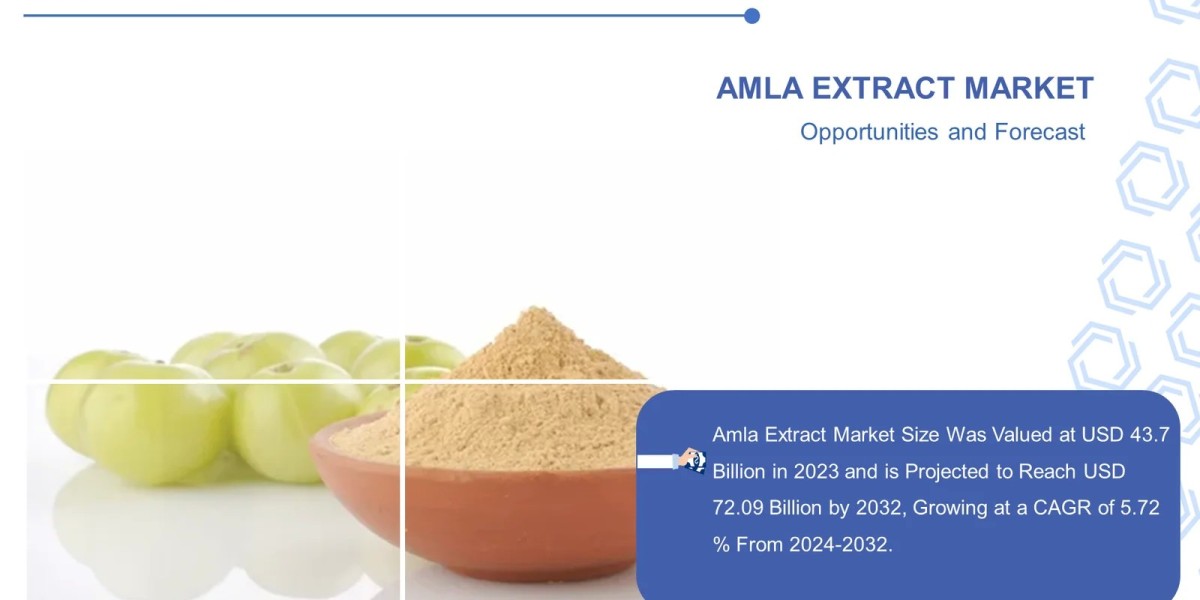Mobile applications have become an integral part of our daily lives, revolutionizing the way we communicate, work, and entertain ourselves. As the demand for innovative and user-friendly mobile apps continues to surge, developers face the challenge of creating applications that not only meet user expectations but also stand out in a competitive market. In this article, we will explore methodologies for the development of mobile applications, ensuring a structured and efficient approach to deliver high-quality apps that resonate with users.
Understanding the Requirements
The foundation of successful mobile app development lies in a clear understanding of the project requirements. This phase involves extensive communication with stakeholders, including clients and end-users, to gather insights into the app's purpose, target audience, and desired features. Conducting thorough market research at this stage is crucial to identify trends, analyze competitors, and ensure the app's uniqueness.
Choosing the Right Development Approach: Native vs. Cross-Platform
Once the requirements are defined, developers must decide on the development approach. Native development involves creating apps for a specific platform (e.g., iOS or Android) using platform-specific languages like Swift or Kotlin. On the other hand, cross-platform development allows developers to write code once and deploy it on multiple platforms, offering flexibility and cost-effectiveness. Choosing the right approach depends on factors such as target audience, budget, and desired features.
Wireframing and Prototyping
Before diving into coding, it's essential to create a visual representation of the app's user interface through wireframing and prototyping. This step helps in identifying potential design flaws, refining user experience, and ensuring that the app's flow aligns with user expectations. Tools like Sketch, Figma, or Adobe XD can be instrumental in creating detailed wireframes and interactive prototypes.
Agile Development Methodology
Agile methodology has gained prominence in mobile app development due to its iterative and collaborative approach. This methodology divides the development process into sprints, allowing for continuous improvement based on feedback. Regular meetings, known as scrums, keep the development team aligned with project goals and foster adaptability to changing requirements. Agile development enhances collaboration, accelerates time-to-market, and ensures a responsive development process.
User Interface (UI) and User Experience (UX) Design
The success of a mobile app is heavily reliant on its design. A visually appealing and intuitive UI, coupled with a seamless UX, can significantly enhance user engagement. Designers should focus on creating a consistent and aesthetically pleasing interface while prioritizing user-centric features. Conducting usability testing during the design phase helps identify potential issues and ensures that the final product meets user expectations.
Development and Coding
With a solid foundation in place, developers can begin the coding phase. Whether following native or cross-platform development, adhering to coding standards, and using efficient programming languages is crucial. Continuous integration and version control systems, such as Git, help manage the codebase, enabling collaboration among team members and simplifying the debugging process.
Testing and Quality Assurance
Thorough testing is paramount to delivering a reliable and bug-free mobile application. Testing should cover various aspects, including functionality, performance, security, and compatibility across different devices and operating systems. Automated testing tools like Appium or XCTest can streamline the testing process, ensuring that the app performs seamlessly under different scenarios.
Deployment and Post-Launch Support
Once the app is thoroughly tested and approved, it's time for deployment. App stores, such as the Apple App Store and Google Play Store, have specific guidelines for submission. Adhering to these guidelines ensures a smooth approval process. Post-launch support is equally critical, involving monitoring user feedback, addressing issues promptly, and releasing updates to enhance functionality and fix bugs.
Data Security and Privacy Compliance
As mobile applications handle sensitive user data, incorporating robust security measures is non-negotiable. Developers must implement encryption protocols, secure authentication methods, and regularly update security features to protect user information. Additionally, compliance with data protection regulations, such as GDPR or HIPAA, is essential to build trust among users and avoid legal repercussions.
Performance Monitoring and Analytics
Once the app is live, monitoring its performance becomes imperative. Utilizing analytics tools, such as Google Analytics or Flurry, provides valuable insights into user behavior, preferences, and app performance. This data can guide developers in making informed decisions for future updates and improvements, ensuring the app stays relevant and competitive in the long run.
Conclusion
In the dynamic landscape of mobile app development, following a structured methodology is key to success. By understanding project requirements, choosing the right development approach, emphasizing design, and incorporating robust testing and security measures, developers can create mobile applications that not only meet user expectations but also thrive in the ever-evolving app market. With a commitment to continuous improvement and adaptability, developers can navigate the complexities of mobile app development and deliver innovative solutions that stand out in a crowded digital ecosystem.
Techinfoupdates What Is The Dest Wireles Security Camera For A Darage







